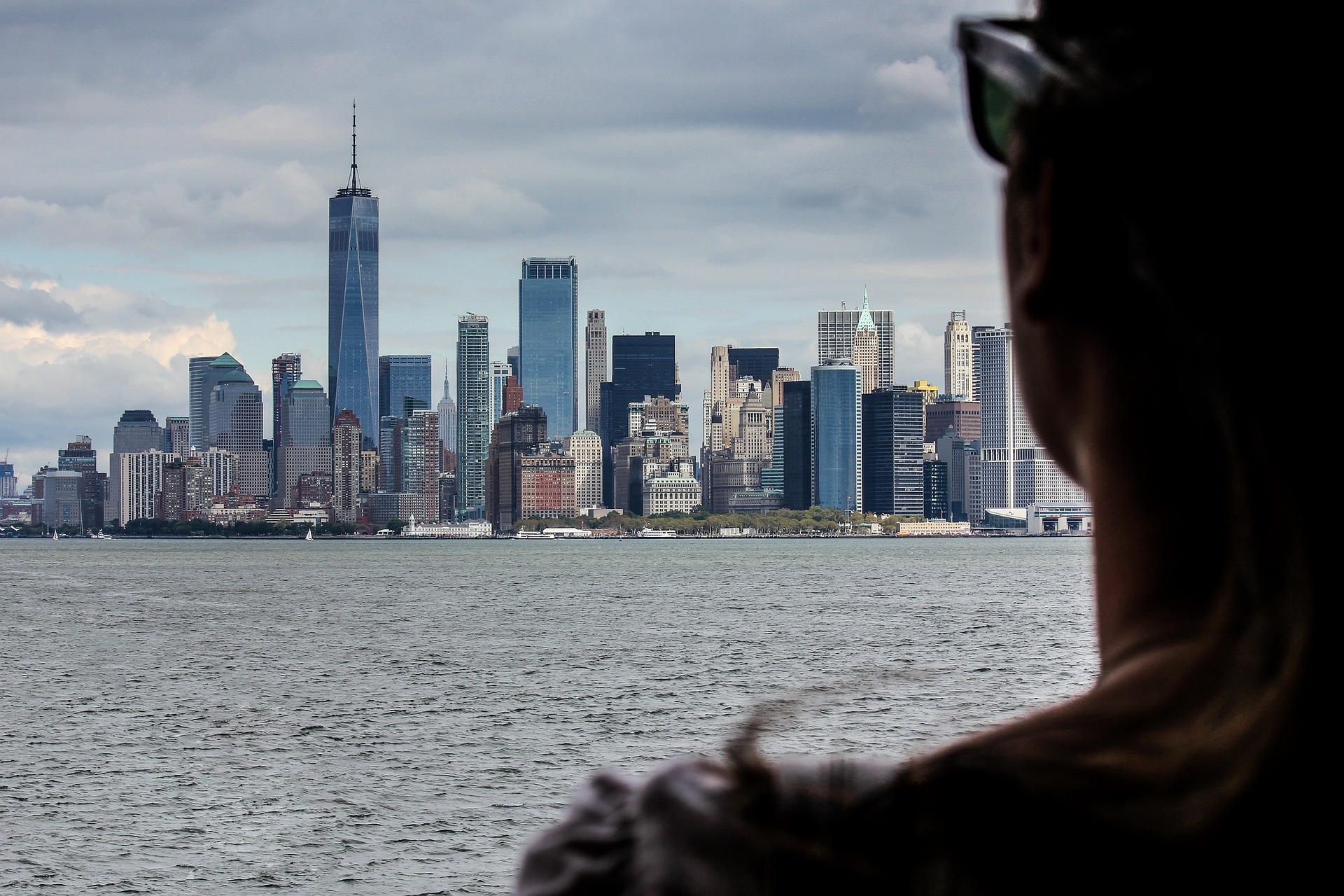Skyscraping Adventures: The Rise of Urban Climbing Tourism
Scaling skyscrapers and conquering urban heights is no longer just for daredevils and construction workers. Urban climbing, a thrilling fusion of adventure tourism and architectural exploration, is captivating thrill-seekers worldwide. This emerging trend offers a unique perspective on cityscapes, challenging participants to view metropolises from dizzying new angles. As urban climbing gains traction, it's reshaping how adventurers interact with urban environments and pushing the boundaries of experiential travel.

From Subculture to Tourism Trend
What was once an underground activity has now become a burgeoning niche in adventure tourism. Tour operators in cities like London, Dubai, and Shanghai are offering guided urban climbing experiences, complete with safety equipment and professional instruction. These tours cater to adrenaline junkies looking for a unique way to explore urban landscapes and capture stunning cityscape photographs.
The Appeal of Vertical Exploration
Urban climbing’s allure lies in its ability to transform familiar cityscapes into vertical playgrounds. Participants report a sense of empowerment and freedom as they ascend structures typically off-limits to the public. The physical challenge, combined with breathtaking views and the thrill of defying gravity, creates an unparalleled travel experience that goes beyond traditional sightseeing.
Safety and Legality Concerns
As urban climbing gains popularity, it faces significant challenges regarding safety and legality. Many cities have strict regulations against unauthorized climbing of buildings and structures. Licensed tour operators work closely with local authorities to ensure compliance and safety standards. Participants are required to undergo thorough safety briefings and use specialized equipment, including harnesses, helmets, and climbing shoes.
The Impact on Urban Tourism
Urban climbing is reshaping the landscape of city tourism, offering a fresh perspective on urban exploration. It’s attracting a new demographic of adventure-seeking travelers to cities, boosting local economies and encouraging the development of specialized tourism infrastructure. Some cities are even considering designating specific buildings or structures for legal urban climbing, recognizing its potential as a unique tourist attraction.
Architectural Appreciation Through Ascent
Beyond the adrenaline rush, urban climbing fosters a deeper appreciation for urban architecture and design. Climbers gain intimate knowledge of a building’s structure, materials, and engineering as they navigate its exterior. This hands-on interaction with architecture is creating a new breed of enthusiasts who view cities not just as destinations, but as vertical challenges to be conquered.
Urban Climbing Insights
-
The tallest building officially open for urban climbing is the Burj Khalifa in Dubai, offering a ‘Sky Walk’ experience at 555 meters high
-
Some cities now host urban climbing festivals, combining climbing competitions with music and cultural events
-
Urban climbing tours often incorporate historical and architectural information, blending education with adventure
-
Virtual reality urban climbing experiences are emerging for those who want the thrill without the physical risk
-
Professional urban climbers are becoming social media influencers, showcasing cities from unique vantage points
As urban climbing continues to evolve, it promises to redefine the boundaries of adventure tourism in urban environments. This thrilling trend offers a new lens through which to view and experience the world’s great cities, challenging travelers to step out of their comfort zones and reach new heights – literally. Whether scaling skyscrapers or navigating historic facades, urban climbing is set to leave an indelible mark on the future of experiential travel.





